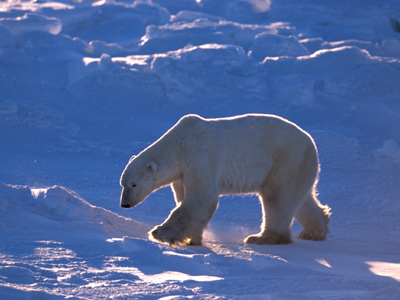

Unit 1 - Adaptations for Survival
In this GCSE Biology quiz you will explore how structural, behavioural, and functional adaptations help organisms survive, compete, and reproduce in their habitats.
You should have quickly discounted the first and fourth options, the difficulty is then choosing between the two remaining possibilities. This question is about the benefit ( in other words, the end result) of camouflage.
The advantage of camouflage is that it enables an animal to blend into its surroundings. That's not the end of the story. The benefit of this to a predator is that it can get closer to its prey with less chance of being spotted, giving the predator a greater chance of a successful hunt. If the prey is camouflaged, it is harder for a predator to spot it, increasing its survival chances.
The correct answer is therefore option 3. Always remember to think about what the question is actually asking you.
Ready for more?
not all...
quizzers. Try to win a coveted spot on our Hall of Fame Page.






